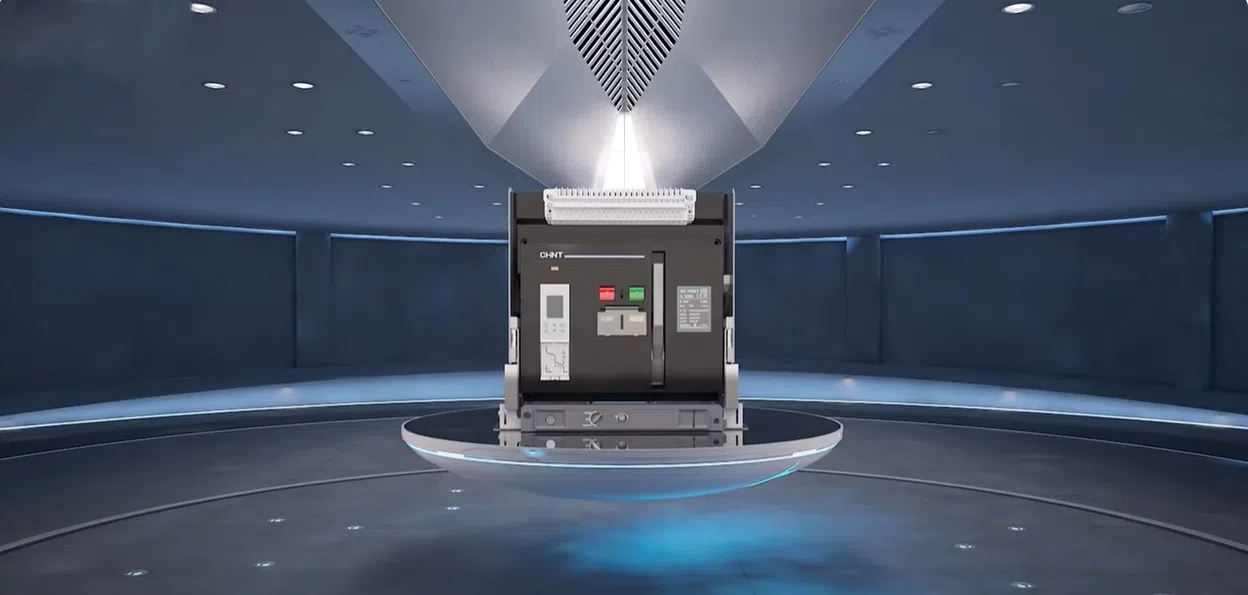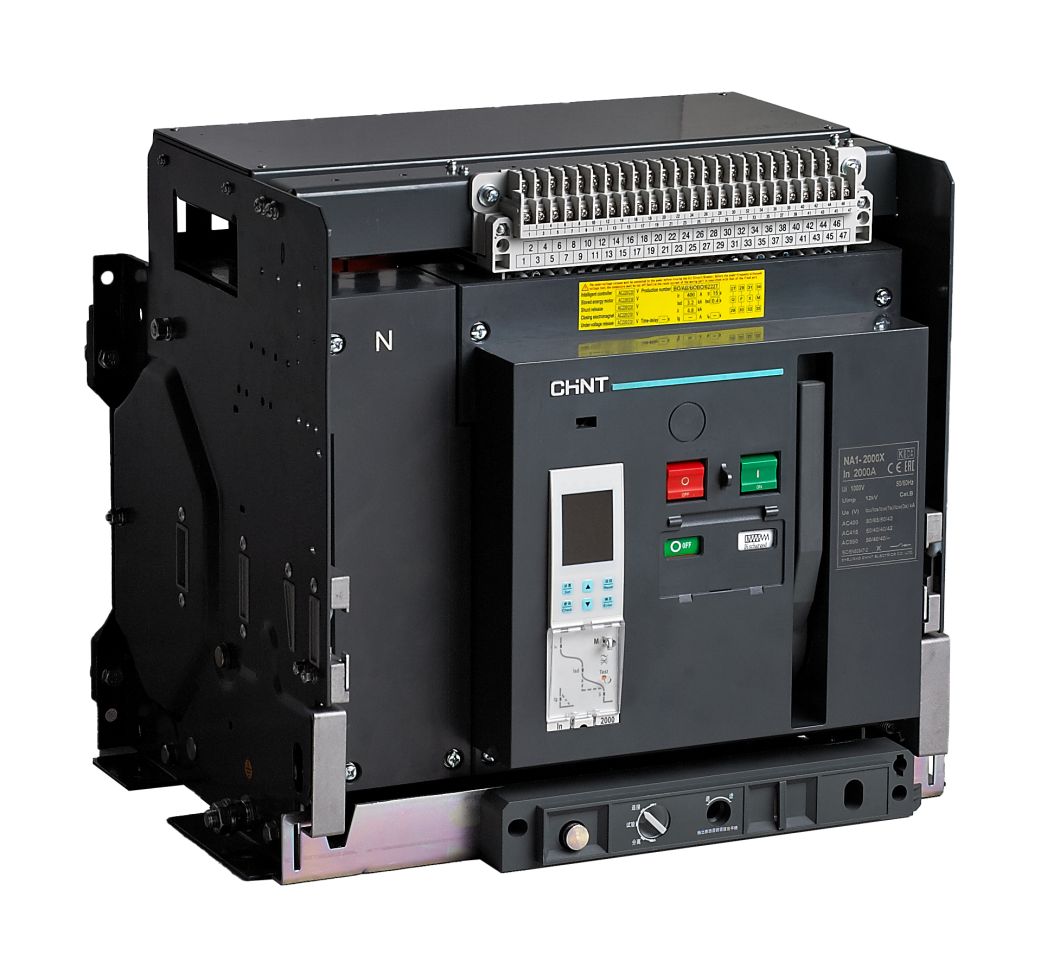Table of Contents |
Air circuit breakers are critical components. They protect electrical equipment and ensure safe power distribution. They are valuable against overload or short-circuit conditions. Hence, they prevent potential damage and hazards. The key certification standards include IEC and UL. They help ensure that these air circuit breaker devices meet rigorous benchmarks. These include safety, reliability, and performance.
Understanding IEC and UL Certification
Certification standards are crucial. Let’s analyze them.
1. What is IEC Certification and its Significance?
It’s the International Electrotechnical Commission certification. It ensures products meet international safety and performance requirements. IEC standards provide a uniform benchmark. It helps manufacturers develop high-quality air circuit breaker devices. These feature consistent specifications across different regions.
2. What is UL Certification and its Importance?
Third party testing is the main difference between IEC and listing to NA standards. UL is not the only organization that can perform the 3rd party tests. (CSA, Intertek, KEMA, and several others can perform the same function)
Comparison: IEC vs. UL Certification for Air Circuit Breakers
Certification standards are more than just official processes. They highlight safety and reliability commitment in electrical engineering. The following are key IEC vs. UL comparison highlights:
1. Differences in Testing and Standards
IEC and UL employ different testing methodologies for circuit breakers. Yellow Cards are a reference to a very specific list of plastic materials. It is only one aspect of UL Listing for breakers (and mostly of concern on MCCBs, not ACBs). IEC focuses on more generalized international standards. UL focuses on the material and structural aspects with a focus on performance testing. IEC only focuses on performance testing. UL also has a higher overall temperature control level than IEC.
The standards referenced here are not for Air Circuit breakers (UL1066), and the application notes regarding branch circuit protection vs supplementary protection do not apply. The EN 61643-11 standard, for example, provides the foundation for air circuit breaker surge protection testing globally. It offers manufacturers a framework that adapts to different market requirements.
2. Regional Relevance
IEC certification has a broader global reach. This makes it more universally applicable. UL certification is more region-specific. It primarily serves North American markets. It impacts how products are manufactured and marketed across different geographical regions. It’s also crucial in risk management and insurance requirements for electrical installations.
3. Compatibility and Market Considerations
Each certification affects air circuit breaker usage in unique ways. European markets predominantly rely on IEC standards. North American markets prefer UL certifications. These differences can influence product design, technical specifications, and market entry strategies.
In the European market, IEC certification enables seamless cross-border electrical equipment deployment. UL certification is critical for North American market access. The variations in standards also reflect different electrical system architectures, voltage requirements, and safety protocols unique to each region.
CHINT Air Circuit Breakers Are Accredited for IEC and UL Standards
Our brand CHINT is a global leader in smart energy solutions. We have strong a presence in over 140 countries. We provide comprehensive electrical solutions that meet international standards. We offer both IEC-certified and UL-certified air circuit breaker products.
1. CHINT’s IEC-Certified Circuit Breakers
Our IEC-certified circuit breakers feature advanced electrical protection technology. Each series is designed to meet stringent international performance standards.
- NXA Series Air Circuit Breaker
The NXA Series offers versatile protection. It has frame sizes ranging from 1600A to 6300A. Its flexible configuration includes draw-out and fixed installation types. This makes it suitable for diverse electrical infrastructure requirements. The series features advanced digital protection modules with programmable trip settings. Its robust design supports multiple breaking capacities (N, S, H).
- NA8 Air Circuit Breaker
Featuring multiple frame sizes and breaking capacities, our NA8 series provides comprehensive protection for various voltage ranges. Its adaptable mounting and connection modes ensure seamless integration into different electrical systems. The breaker incorporates intelligent protective functions with configurable trip characteristics.
- NA1 Air Circuit Breaker
Designed for complex electrical environments, our NA1 series offers intelligent protection functions. It’s particularly effective in power stations, industrial facilities, and modern high-rise buildings. The series provides enhanced fault detection with microsecond-level response times. Its smart protection algorithms can detect subtle electrical anomalies.
2. CHINT’s UL-Certified Circuit Breakers
Our power circuit breakers include A32 Power Circuit Breaker, A25 Power Circuit Breaker, and A40 Power Circuit Breaker. They offer reliable protection with capacities ranging from 600A to 4000A. Designed for diverse applications, including data centers, healthcare facilities, and complex electrical systems, these breakers ensure consistent performance across various environments. They feature advanced electronic trip units, multiple protection zones, and integrated communication modules for remote monitoring. With standardized designs and flexible configuration options, these power circuit breakers provide adaptable and efficient solutions for modern power distribution needs.
Conclusion
Choosing the right circuit breaker involves understanding certification standards, regional requirements, and specific application needs. The best protection solutions balance performance, reliability, and safety. At CHINT, we offer a wide range of IEC and UL-certified electrical solutions. Our products prioritize both safety and performance. Visit our website to find the perfect electrical protection solution for your specific requirements.














